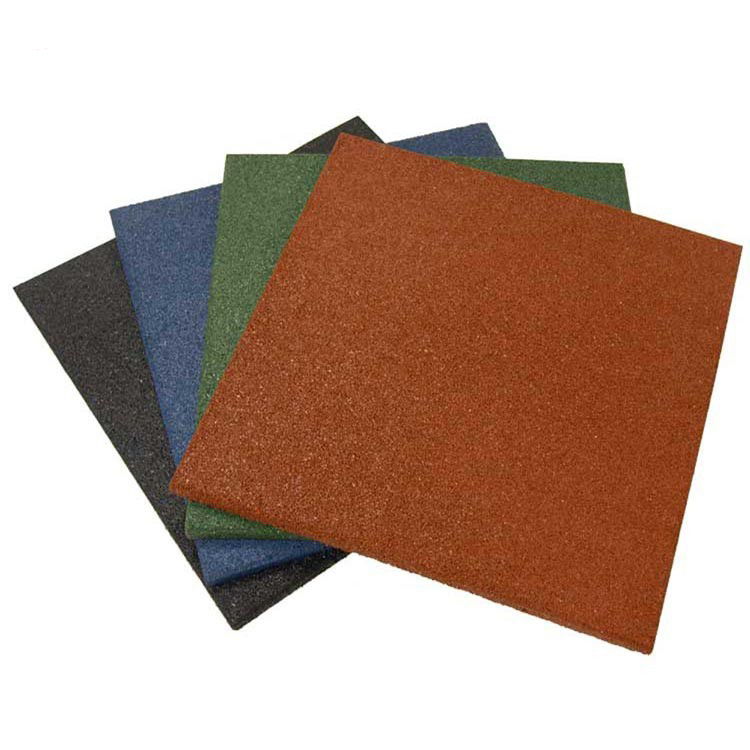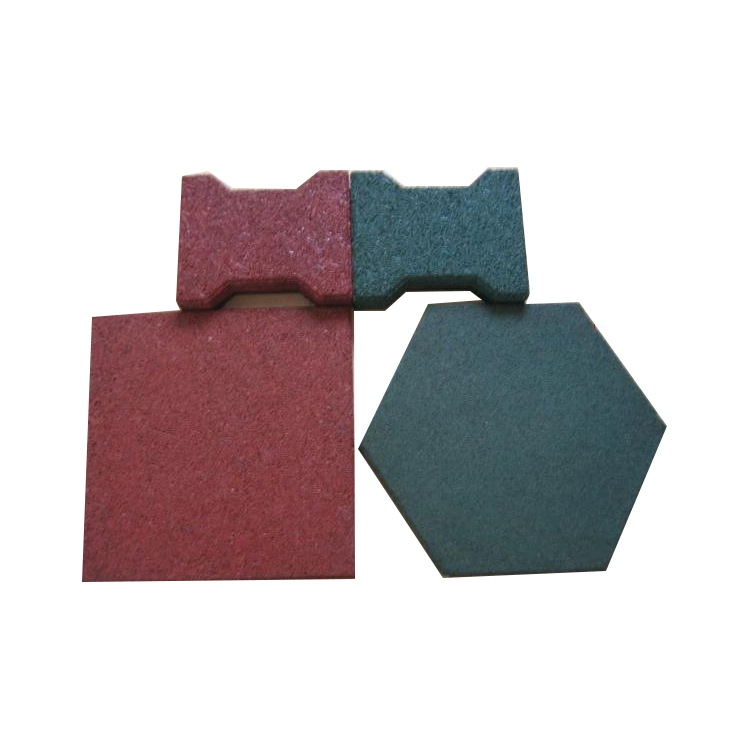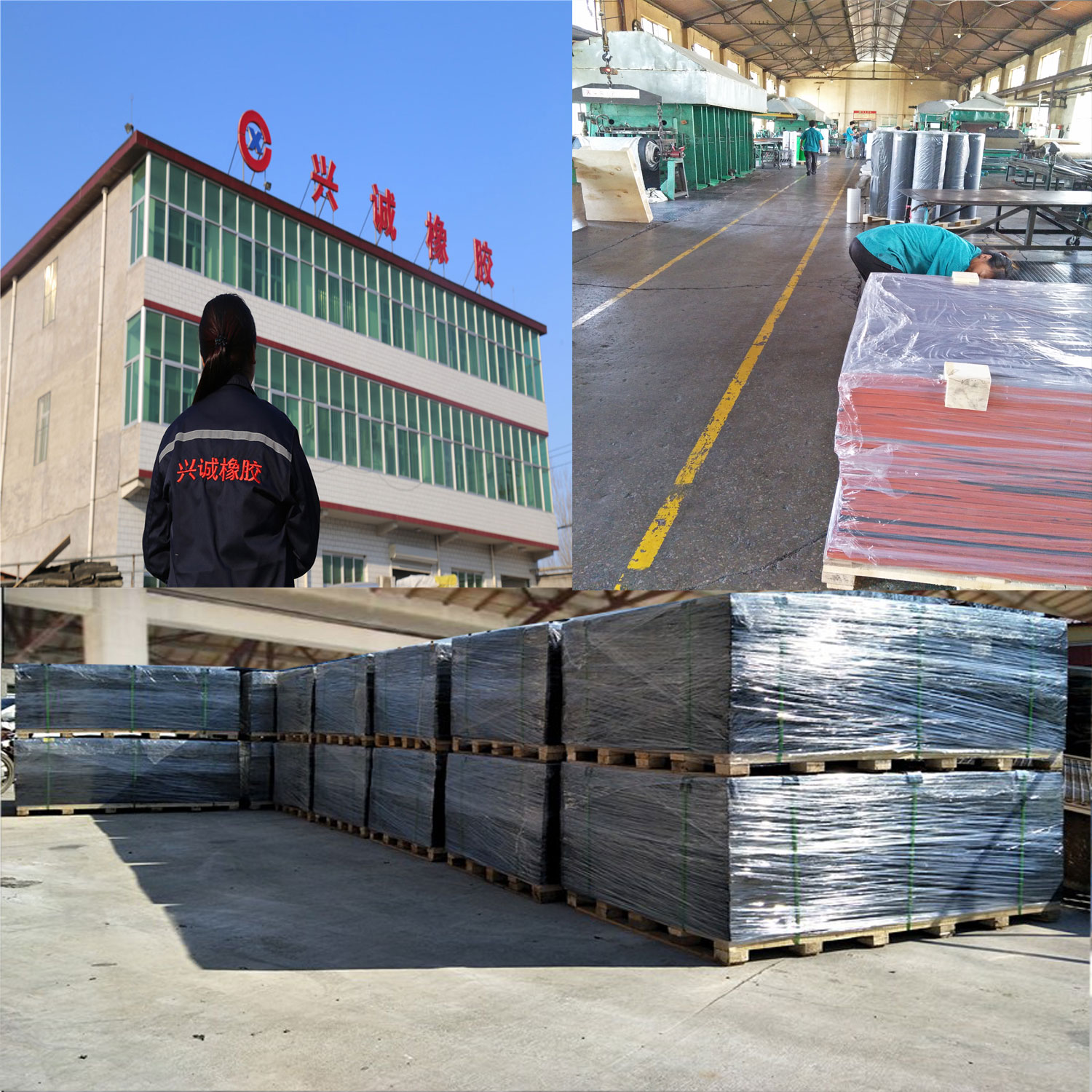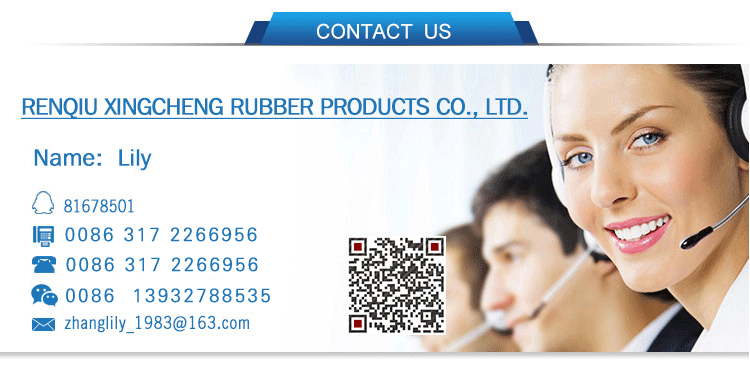1. Nutritional characteristics of grapes The growth and development of grapes requires a variety of nutrients. Among them, carbon, hydrogen, oxygen, nitrogen, phosphorus, potassium, calcium, magnesium, and ferric iron are the most needed. In addition, a small amount of trace elements, such as boron, manganese, zinc, etc., are needed, and the nutrient supply is mainly derived from soil and fertilizer.
1.1 Nutritional effects of nitrogen, phosphorus, potassium, magnesium and calcium
Nitrogen, phosphorus and potassium are the three elements of grape nutrition. Nitrogen and phosphorus are mainly present in some important organic compounds in plants. Potassium is mainly present in the form of ions or soluble salts or adsorbed on the surface of protoplasts. They participate in the metabolism of grapes in their own way. It plays an important role in the formation of growth, yield and quality.
1.2 Grape absorption and distribution of nitrogen, phosphorus, potassium, calcium and magnesium
Nitrogen fertilizer mainly promotes the growth of shoot shoots, which is closely related to fruit yield. The absorption of nitrogen fertilizer by grape begins in the germination stage when the soil temperature rises to 12-13 °C, and the maximum expansion period from flowering to young fruit (the absorption from the inflorescence growth period to the fruit growth period is mostly absorbed), the fruit coloring period Decrease, only enter the coloring period, only the nitrogen content of the ear increases, and this increase is the transfer of nitrogen to the ear in the leaves and old tissues, so nitrogen fertilizer is not needed during this period. The fruit is absorbed very little during the ripening period, and the fruit is absorbed a lot when it is rooted twice after harvesting.
Under normal cultivation conditions, there is no shortage of nitrogen, and no nitrogen fertilizer is generally applied until the fruit is harvested.
Excessive nitrogen fertilizer, causing adverse effects such as long leaves, poor coloration of the fruit, and frequent disease. The main manifestations of excessive nitrogen fertilizer: late germination, rapid growth on a germination, mostly apex 1-2 buds thick, more buds at the lower end; more secondary shoots, longer internodes; thick leaves, thick green, lateral growth The lobes are developed, the leaves are wide, the new shoots are late, the branches are flat, the internodes are long and straight, and the pith is large; the fruit is poorly colored and the sugar content is low. Therefore, it is necessary to grasp the amount of nitrogen, apply less fertilizer, and apply more thinly.
Phosphate fertilizer mainly promotes hair roots, flower bud differentiation and young tissue growth, and can also reduce the acid content of grapes and increase the sugar content. Grapes have higher requirements for phosphate fertilizer, and the absorption is about 1/3 of that of nitrogen fertilizer. Phosphorus absorbs less during the dormant period, and the sap fluid begins to absorb. The absorption increases with the growth. The new shoots reach the peak during the growth period and the fruit expansion period, and then decrease, and then absorb after harvesting. The phosphorus in the fruit is mainly supplied from organs such as leaves. Phosphate fertilizer is easily fixed by the soil, and can be mixed with root dressing or base fertilizer.
Grapes need a large amount of potassium. Potassium is an essential element for fruit growth and maturity. It is called “potassic cropâ€. When the fruit is ripe, potassium is turned from the leaves to the fruit, and the potassium content of the branches and leaves is reduced. 2 times more than the nitrogen content. The grape has a longer absorption period of potassium, which lasts from germination to fruit ripening. The content of potassium in the petiole and leaf of the fruiting period is increased to the ear, indicating that the potassium absorbed before the fruit enlargement period. The fruit cannot be fully matured, it must continue to be absorbed and operated, and the fruit can be fully matured. However, excessive potassium fertilizer hinders the absorption of magnesium fertilizer and nitrogen fertilizer, and often causes magnesium deficiency, that is, leaf yellowing, resulting in poor fruit quality. In order to reduce the deficiency of magnesium, the application of potassium-containing fertilizers such as potassium sulfate should be appropriate.
Calcium is one of the most absorbed elements of grapes and can be absorbed throughout the growth period. Calcium neutralizes acids in acidic soils.
Magnesium is one of the constituents of chlorophyll. Magnesium deficiency causes the leaves to fade and yellow, and the symptoms appear in the middle of fruit development. Acidic soils are prone to magnesium deficiency, causing early defoliation and degraded quality. The absorption of magnesium by grapes is 1/5 of that of nitrogen. Concentrated on the appearance of flower spikes until the fruit is colored, other periods are very small.
2, the misunderstanding of grape fertilization, the yield of grapes is generally 1500-2500 kg, in order to meet the requirements of grape high yield, grape growers often increase the amount of fertilizer used, fertilization blindness is greater. Insufficient use of organic fertilizer, there is no application or less application of organic fertilizer, and the application method is surface application; the ratio of NPK is imbalanced, the fertilization amount of grape is not balanced, there is partial application of nitrogen fertilizer or phosphate fertilizer, potassium fertilizer is applied less, and nitrogen and phosphorus per acre Potassium compound fertilizer is applied 75-125 kg; and the fertilization time is not right. For the convenience of pursuit, a large amount of fertilizer is applied in one time; thus, the grape coloring is difficult, the maturity period is delayed, the fruit quality is poor, and the auxiliary shoots are heavily pumped and branches. Poor maturity and other phenomena.
3, grape rational fertilization measures grape fertilization should be adhered to; "three fertilizers" (base fertilizer, topdressing, fertilizer), "three look" (see Miao Shi, see the ground Shi, see Tian Shi), "three suitable" (timely Application, appropriate amount of application, appropriate application), "three preventions" (to prevent excessive nitrogen, to prevent phosphorus from being fixed by soil, to prevent deficiency).
(1) Mainly based on base fertilizer, supplemented by topdressing; root fertilization is the main, root fertilization is supplemented; farm organic fertilizer is the main, supplemented by chemical fertilizer.
(2) Look at the tree to fertilize. Large trees are applied more, small trees are less applied; weak trees are more applied, and strong trees are less applied; the results are more and more, and the results are less and less.
(3) See fertilizer properties and quality fertilization. Nitrogen, phosphorus and potassium three-factor fertilizers are applied more, and trace elements are less applied. (It is forbidden to apply more than 5 compound fertilizers and nitrate nitrogen fertilizers); the quality of farmyard manure is poor.
(4) Seeing fertilization. Apply more inferiority and fertilize less.
3.1 According to the soil condition, the soil with shallow tillage and low organic matter content should be ditched or ditched for deep turning before cultivation, and straw, phosphate fertilizer and manure fertilizer should be added for soil fertility; antagonism between elements, such as phosphorus Antagonism between zinc, potassium, calcium and magnesium, pay attention to fertilization when fertilizing. Therefore, it is necessary to scientifically and rationally fertilize according to the nutrient status in the soil and the different characteristics of the nutrient demand of the grapes in different growth stages and the antagonism between the elements.
3.2 According to the nutritional characteristics of the grapes
Fertilization of grapes depends on the variety, tree potential, age, and yield. The amount of fertilizer applied, the period of fertilization, and the number of fertilizations are also different. In general, the grapes need to be applied once a year, 2-3 times of top dressing, 3-5 times of foliar fertilizer and top dressing.
(1) The base fertilizer should be applied in the autumn. According to the soil, variety, age, posture, and strength of the tree, 2-3 kg of organic fertilizer is applied in 1 kg of fruit in the initial fruiting period, such as 1 kg of compound fertilizer using 100 kg of fruit.
(2) Pre-flowering fertilizer (or strong-leaf fertilizer): Apply about 20 days after germination, apply 15-20 kg per acre to promote the tree's strong and flowering fruit.
(3) Expanded fruit fertilizer or strong fruit fertilizer: Apply to the size of berry soybeans after the flowering, the nutrient consumption is more, about 50 kg per mu. Use a single fertilizer, 10-20 kg of urea, 20 kg of superphosphate, 30 kg of potassium sulfate. It is conditional to increase the application of 50 kg of decomposed cake fertilizer per mu, which has obvious effect on promoting fruit enlargement.
When the second swelled fruit berry begins to color, the top dressing is carried out with potassium fertilizer, which can increase the sugar content of the fruit and promote coloration and ripening of the branches. The mud is applied with 15 kg of potassium sulfate and 15 kg of superphosphate.
4 actual fertilization requirements:
The fertilization amount of grapes is affected by many factors such as the plant itself and external conditions, such as variety, age, yield, plant growth status, soil quality, fertilizer properties and quality. It is difficult to determine uniform fertilization standards.
Therefore, it is necessary to adjust in practice according to local conditions and combined with soil testing.
Gym mats add comfort, safety, and appeal to exercise areas. Our selection of gym mats include single rubber mats for isolated areas such as weight lifting mats and exercise machine mats, or Rubber Mat rolls covering larger areas, or even interlocking rubber mats going wall-to-wall. Whatever the particular need we have the gym mat solution.
Rubber Gym Flooring consists or rolled Rubber Flooring to cover large areas, interlocking rubber floor tiles to fit oversize / non-rectangular spaces as well as stand-alone rubber floor mats that fit perfectly under a weight machine, exercise equipment or even a simple workout corner. Rubber Gym Flooring will protect your floor for damage due to dropped weight and heavy equipment. These rubber floor options also provide traction (even when wet) while exercising yet dont' absorb any moisture and thus remain easy to clean and maintain. Rubber gym floors can also provided added sound dampening and spruce up any space for a hardcore gym look.


Company information:
RenqiuXingcheng Rubber Products Co., Ltd. is located in the side of the Baiyang lake, our company is professional manufacturer of rubber products. We are one of the leading rubber company in china,The company is a private enterprise which is engaged in scientific research, production, sales and service and has obtained ISO 9001 certification. Our main business is producing all kinds of rubber products, including anti-skid plates, Rubber Sheet Series, Rubber mat Series and horse mat series ect., The products are shockproof, anti-wear, anti-high and low temperature, anti-aging, oil resistant and chemical resistant in character.At present, our products have been sold at home and abroad and mainly exported to Canada, Germany, Chile, etc. We welcome domestic and foreign merchants to negotiate and cooperate with us. We are willing to join hands with old and new friends in creating a better tomorrow.


Square Rubber Tile,Rubber Floor Tile,Square Flooring Tiles,Gym Square Rubber Tiles
Renqiu Xingcheng Rubber Products Co., Ltd. , http://www.xingchengrubber.com